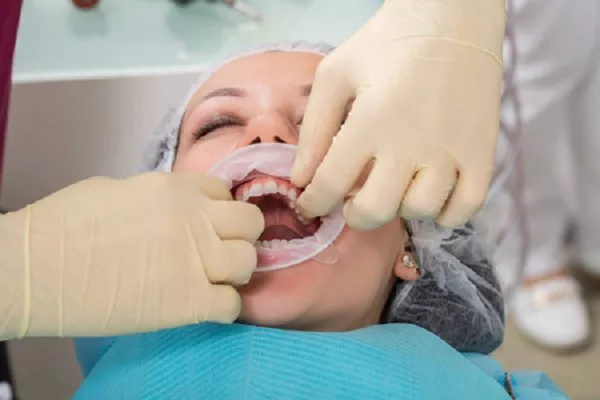Gingivitis, a common and early stage of gum disease, can have a significant impact on oral health if not properly addressed. In this comprehensive guide, we will explore effective strategies for managing and preventing gingivitis. From maintaining proper oral hygiene to incorporating lifestyle changes, these tips are designed to help you achieve optimal gum health.
Commit to Consistent Oral Hygiene Practices:
Proper oral hygiene is the cornerstone of preventing and managing gingivitis. Make sure to brush your teeth twice a day using a fluoride toothpaste and a soft-bristled toothbrush. Pay special attention to your gumline and gently brush in a circular motion to remove plaque. Additionally, don’t forget to floss daily to clean between your teeth and along the gumline where your toothbrush may not reach.
a. Choose an antiseptic mouthwash: Rinse with an antiseptic mouthwash to reduce bacteria and plaque buildup.
b. Use a fluoride toothpaste: Fluoride strengthens tooth enamel, making it more resistant to decay.
Maintain a Balanced and Nutrient-Rich Diet:
Your diet plays a crucial role in oral health. Opt for a balanced and nutrient-rich diet that supports gum health. Foods high in vitamin C, such as citrus fruits and leafy greens, can help strengthen gums and reduce inflammation.
a. Avoid sugary snacks: Limit your intake of sugary foods and beverages, as they can contribute to plaque formation.
b. Stay hydrated: Drinking water helps flush out bacteria and supports saliva production, which is essential for a healthy mouth.
Regular Dental Check-ups:
Scheduling regular dental check-ups is vital for the early detection and prevention of gingivitis. Dentists can identify signs of gum disease, provide professional cleanings, and offer personalized advice on maintaining optimal oral health.
a. Follow professional advice: Implement any recommendations your dentist provides for improving your oral hygiene routine.
b. Consider professional cleanings: Professional cleanings help remove hardened plaque (tartar) that regular brushing and flossing may not eliminate.
Manage Stress Levels:
Chronic stress can contribute to inflammation throughout the body, including the gums. Practice stress-reduction techniques such as meditation, deep breathing exercises, or yoga to help manage stress and support overall gum health.
a. Adequate sleep: Ensure you get enough quality sleep, as lack of sleep can contribute to stress and inflammation.
b. Identify stress triggers: Understanding your stress triggers can help you develop effective coping mechanisms.
Quit Smoking and Limit Alcohol Consumption:
Smoking and excessive alcohol consumption are known risk factors for gum disease. Quitting smoking and moderating alcohol intake can significantly improve your oral health and reduce the risk of gingivitis.
a. Seek support: If you need assistance quitting smoking, consider seeking support from a healthcare professional or a smoking cessation program.
b. Drink responsibly: If you choose to consume alcohol, do so in moderation and be mindful of its impact on your oral health.
Stay Informed and Educate Others:
Knowledge is a powerful tool in the fight against gingivitis. Stay informed about the latest developments in oral health and share this information with friends and family. Creating awareness about the importance of gum health can contribute to a healthier community.
a. Encourage regular dental visits: Advocate for the importance of routine dental check-ups within your social circles.
b. Share educational resources: Utilize online platforms and social media to share articles, videos, or infographics on maintaining good oral hygiene.
Conclusion:
Taking care of gingivitis requires a holistic approach that combines consistent oral hygiene practices, a balanced diet, regular dental check-ups, stress management, and lifestyle changes. By incorporating these tips into your daily routine, you can enhance your gum health and reduce the risk of developing gingivitis. Remember, proactive measures today can lead to a healthier smile tomorrow.
Related Links:
What causes gum pain and swelling?
What does a gum graft look like while healing?
What is the first sign of gum disease?































